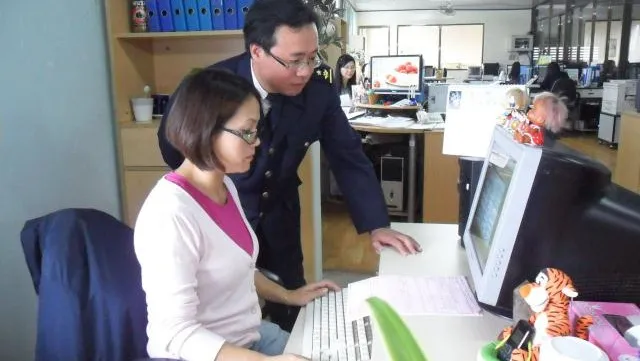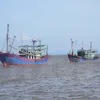Tax breaks on Lam Dong agri-tech

This is expected to boost Da Lat’s integration of advanced technology into agricultural production. How do the local authorities plan to put this policy into practice?
Despite using the same seeds, these Da Lat plants have achieved significantly better quality in a glasshouse environment. However, not every farmer in Da Lat can afford a facility like this. A 1-hectare glasshouse costs from 200 thousand to 400 thousand USD. Moreover, this hi-tech equipment is subject to 15-20% tax rates.
This issue is expected to be resolved. Technology consumers from Da Lat are now exempt from taxes on farming and gardening equipment. This could significantly reduce the costs of glasshouses, netting and water filter equipment.
However, many believe that it is important to identify which farming equipment cannot be produced domestically to make the policy more effective.
"First, we need specific tax rates. Second, only the products that domestic firms can’t make should be eligible for the tax exemptions. Finally, the policy has to be coherent with the Ministry of Finance, Vietnam Customs and importers", Vu Van Tu - Director of Lam Dong Investment Promotion Centre - said.
Since the policy is effective for only 5 years, many are concerned that people will miss out on this opportunity, if they’re not fast enough.
"The ministries of Investment and Planning and Finance are helping us with the legal procedures. This is good news for investors", Nguyen Van Yen - Deputy Chairman of Lam Dong People’s Committee - said.
Lam Dong now produces around 5 billion flowers and 2 million tonnes of vegetables every year. The province holds the potential to be the biggest flower and vegetable hub in South East Asia. However, only 10-20% of these products have been exported. The boost in technology and relaxed tax policies offers an opportunity for this to change.





